I Checked Our Security Camera After Leaving My Newborn in the Care of My Sister-in-Law

Hey, curious history buffs! Have you heard the legend of the ancient race of giants of Nevada? Yes, I’m talking about actual giants that allegedly lived thousands of years ago. Now, I know what you’re thinking — giants? Really?
Archaeological finds add fuel to this debate, too! Here’s where it gets interesting. Lovelock Cave was indeed used as a burial site, and some of the remains found there are much larger than average human bones.
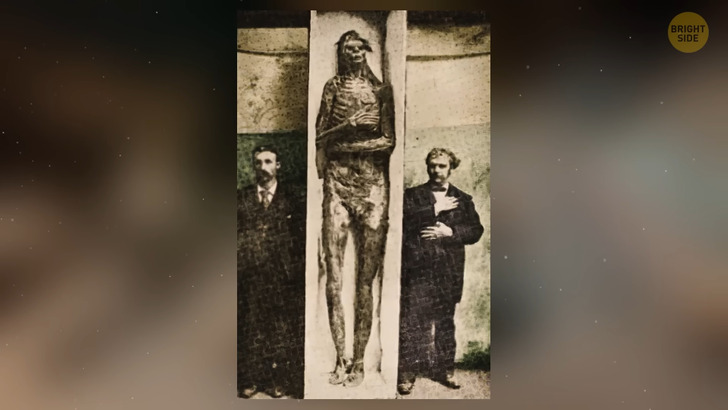
The cave is by the Humboldt Sink in western Nevada. It was once part of an enormous lake, which eventually dried up, leaving a number of smaller ones, including the Humboldt Sink. The cave became the home of the Si-Te-Cah tribe. According to the legend, these red-haired giants were so big that they had to be buried in the cave itself. Indeed, later on, archeologists discovered 8 to 10 foot tall skeletons.
This legend started to unfold when a mining engineer named John T. Reid talked to the locals in 1886. Once Reid saw the cave, he knew he was onto something. The news spread soon, but the cave was attracting another type of attention, too. The deposits of a fertilizer known as guano were discovered inside the cave. So, a mining company began excavating the precious resource in 1911 and soon shipped more than 250 tons of the fertilizer to San Francisco. Unfortunately, some of the human remains and artifacts were neglected and lost in the mining process.
This led to an official excavation in 1912 and 1924. After the top layer of guano had been mined, strange objects started to surface. Around the area, the earliest evidence of human habitation dates back about 4,000 years. The Lovelock Culture lasted for some 3,000 years, and they left us with 10,000 stunning artifacts.
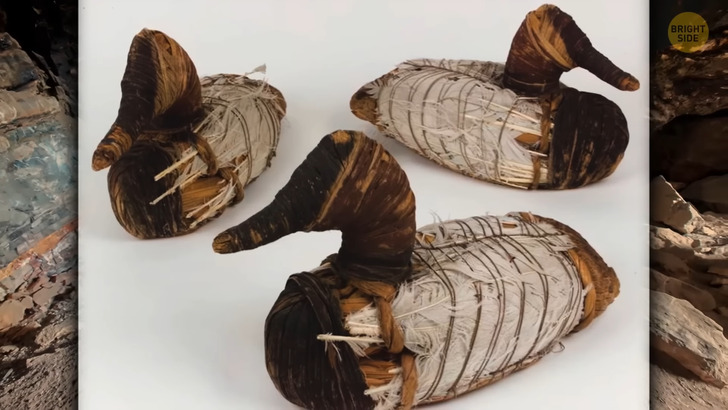
The pits in the cave were like a series of time capsules hidden at different depths. Archaeologists determined the age of each pit by its depth. It turns out that many different groups used the cave for storage over a really long time, and the things they stored there give us a really cool glimpse into their cultures. It’s like a giant, ancient storage unit full of hidden treasures!
What have the researchers found besides the giant bones, you might ask? Some other bodies were mummified using a method similar to the one applied by ancient Egyptians. These remains also had something in common with the bodies discovered as far south as Lake Titicaca. Both mummies had some red hair. Yet, there are scientists who believe this reddish hue is the result of the interaction with the environment in which the bodies stayed.
So, while the story of the red-haired giants may be a wild and intriguing tale, not everyone is convinced. Some experts believe that the bones found in Lovelock Cave are simply the remains of prehistoric animals, like mammoths or sloths. But others insist that there’s something more to the story. Other relics, such as finely crafted baskets and exquisite duck decoys made from tule fibers, were also found there. In any case, this cave is worth the attention it gets. By the way, you can still visit this cave today and see the pits of different depths with your own eyes. But let me tell you one thing — it’s in a hot, dry, and isolated place.
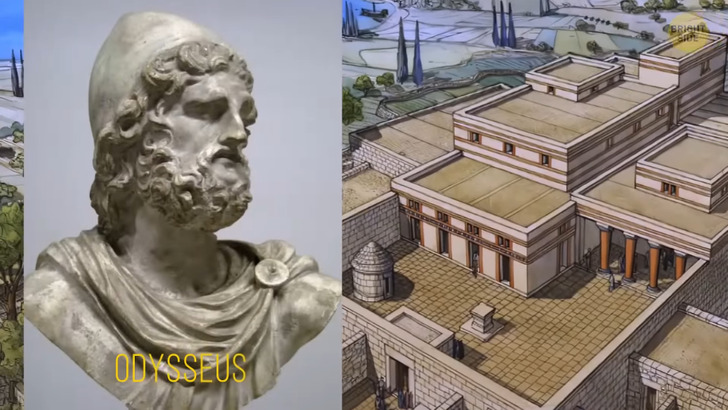
Archaeologists have made another discovery that seems to be straight out of a legend! They think they’ve found the palace of the one and only Odysseus, who was the legendary Greek king of Ithaca and the hero of Homer’s epic poem. Move over, Indiana Jones; we’ve got some real-life adventure happening here from around 1300 BCE.
Apparently, this is the only palace mentioned in Homer’s epic poems that hasn’t been found. The excavations have been made on the Ionian islands, and the views from the ruins found on the island of Ithaca are exactly as described in The Odyssey, says the professor who led the excavation team.
Known to the ancient Romans as Ulysses, the Greek hero took ten years to return home to Ithaca after the fall of Troy. For many years, Homer’s other epic, called “The Iliad,” which tells the story of the protracted siege of Troy by the Greeks, was regarded as a myth, too. But then, in the 1870s, Troy was rediscovered in modern-day Turkey’s Çanakkale (pronounced as [tʃaˈnakkale]) city. So, if they found Troy, who’s to say they couldn’t find Odysseus’s home? The researchers were following Homer’s words as a road map.
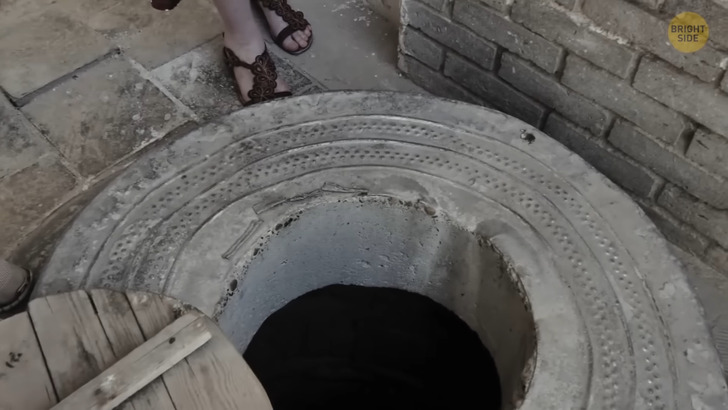
The excavation site has a building complex with two levels. It has important finds such as storerooms and workshops, a complicated drainage system, and fragments of pottery. It also has a well from the 8th century BCE, which is around the time when Odysseus is believed to have been the king.
Yet, not everyone is convinced that the team has actually discovered the home of Odysseus. A British researcher named Robert Bittlestone, insists that Homer’s description of ancient Ithaca isn’t very similar to the island that now has its name and that Odysseus’s kingdom was actually on the isle of Cephalonia.
However, Italian archaeologist Adriano La Regina might have a more realistic approach to this debate. He says that whether this find has a connection to Ulysses or not, what’s more important is the discovery of this royal palace.
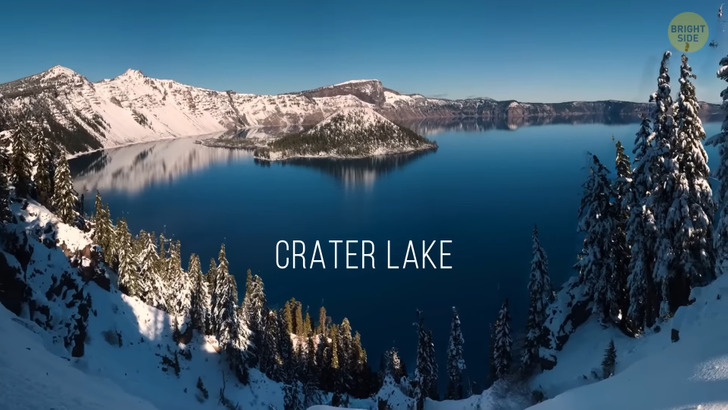
Once upon a time, in a land far away, the Klamath Indians spread a legend about the creation of Crater Lake. Okay, okay, maybe this land is not that far away. And it still exists — you can find it in south-central Oregon in the western United States. Anyway, the legend has it that this lake was formed in a vicious battle between two volcanoes, Mount Mazama and Mount Shasta.
Then the spirits of earth and the sky, which are Llao, who ruled the Below World, and Skell, the chief of the Above World, joined the fight. It turned into a geological drama! During the battle, darkness veiled the land. The fight was over when Mount Mazama collapsed and sent Llao back into the underworld. Then the rain filled the pit and created a lake in the place where the mountain had once stood.
Flash forward to our time. Scientists have discovered that Mount Mazama did erupt 7,700 years ago! Artifacts found in the area prove that the legend indeed contains some details about the explosion. The tale says that red-hot rocks were flying through the sky. This happened during the volcanic eruption that caused the mountain to collapse. This created the volcanic caldera, which later on got filled with water.
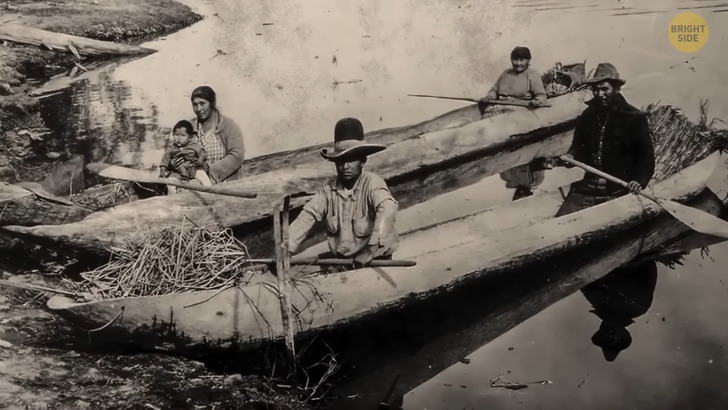
What makes this “legend-came-true” story unusual is how long it has existed. According to the researchers, these types of verbal stories lose their credibility within 600 to 700 years. That’s why the legend about the creation of Crater Lake is so unique. So many generations, for hundreds of years, have been accurately passing down the information.
This volcanic crater lake is now in a National Park. It is famous for its deep blue color. The water in it is extremely clear. If you visit it today, the water you’ll see won’t be the same as for someone who will visit the place 250 years later. Because there are no rivers flowing into or out of the lake, the existing water evaporates, and the lake gets filled again by rain and snowfall. Basically, every 250 years, the water is replaced. Plus, this lake is almost 2,000 feet deep, which makes it the deepest lake in the United States.
Swimming is okay in the lake, but there’s only one legal and safe trail to get to the shore. There are other activities, such as fishing and boat tours. Shared human experiences, such as birth, marriage, and aging, may explain why certain tales are shared globally. Similar struggles and obstacles faced by humans around the world generate similar themes in traditional stories about love, parenting, and mortality. So, do you have legends or tales you heard from your grandparents? Who knows, maybe your ancestors, too, witnessed a cool historical event.











